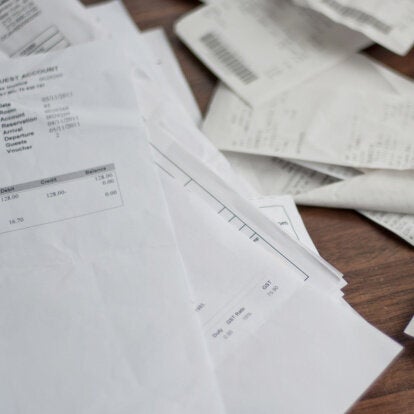
Now it's time to understand how changes to the tax brackets could impact you
The Liberal government is officially sworn in and every effort will be made to start implementing the changes Canadians voted for. But perhaps the changes Canadians will pay most attention to are the ones around tax law.
In the lead up to the election, taxes were heavily discussed and debated. And for good measure. A survey conducted for H&R Block Canada found that 70 per cent of voters said that personal tax implications would influence their vote, with nearly one in three indicating it would be a primary factor.
I wasn't surprised to see this. In Canada, our system is unique to the individual, and tax obligations are based on each person's allowable deductions and credits. Knowing what to include is often difficult for filers because, across Canada, confusion about taxes persists. Previous studies show that programs and topics like the Family Tax Cut, marital status filings and TFSAs are still not completely understood. Knowing how influential taxes were in the election, let's make sure we understand what is out there and available.
After the election, I joined a group of tax experts on a Twitter chat inviting Canadians to ask questions about how their personal tax filing situations would potentially be impacted. As I answered questions covering topics such as TFSAs, the Universal Child Care Benefit and student credits, it was encouraging to see so many people wanting to learn more about their tax situation.
People also had a lot of questions about marginal tax brackets which is natural because marginal tax brackets are always confusing. The Liberals promised to reduce personal tax rates for Canadians earning between $44,701 and $89,401 from 22 per cent to 20.5 per cent, and also proposed a new tax bracket of 33 per cent on income in excess of $200,000.
To begin, it's important to remember that you're only paying that tax rate on the dollars in that bracket, not the sum total of your income. So, while the numbers proposed by the Liberals may seem daunting at first, if you do the math, it's not quite what people think.
For example, if you earn $45,000, you pay 15 per cent on $44,701 and 22 per cent on $299 ($45,000 - $44,701). In this scenario you would be paying a total of $6,770.93 ($6,705.15 + $65.78).
At a new proposed rate of 20.5 per cent, you would still pay 15 per cent on $44,701, but now pay 20.5 per cent on $299 for a total of $6,766.44 ($6,705.15 + $61.29), a difference of only $4.49 under the new system.
Anyone earning over $89,401 can expect to save $670 because they will be able to take advantage of the 1.5 per cent savings on the entire bracket amount (($89,401-$44,701) X 1.5 per cent = $670).
Then, there is the new 33 per cent tax bracket on income over $200,000. If you make $220,000, the reality is that you are only paying 33 per cent on the last $20,000 of income.
And remember that $670 savings from the proposed 20.5 per cent tax rate? By the time you subtract that from the increased taxes on the additional $20,000 of income, you're paying an additional $130 in taxes.
With this information, Canadians should keep an eye out for how changes will be implemented in the months ahead. A simple civics refresher tells us that legislation does not have to be passed before tax changes can be implemented. The CRA can implement tax changes based on a Ways and Means motion tabled in Parliament. Parliament must be sitting for a ways and means motion to be tabled and we now know that the newly appointed ministers will get back to work on December 3rd with tax rate changes being a priority.
Taxes in Canada can be complicated and there are changes every year. An election year compounds this since there is a potential for even more change. But, instead of waiting until April 30, take the opportunity now to learn about the changes to your benefits, credits and deductions so you get back what is rightfully yours.
ALSO ON HUFFPOST:
